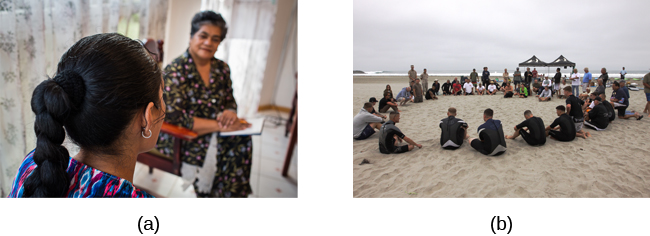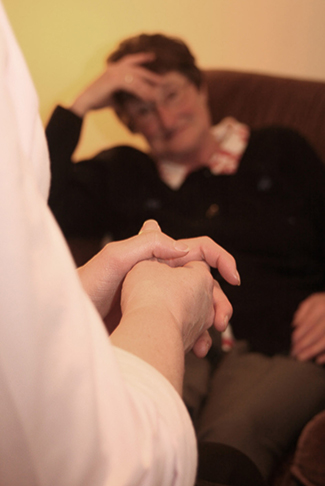| << Chapter < Page | Chapter >> Page > |
Once a person seeks treatment, whether voluntarily or involuntarily, he has an intake done to assess his clinical needs. An intake is the therapist’s first meeting with the client. The therapist gathers specific information to address the client’s immediate needs, such as the presenting problem, the client’s support system, and insurance status. The therapist informs the client about confidentiality, fees, and what to expect in treatment. Confidentiality means the therapist cannot disclose confidential communications to any third party unless mandated or permitted by law to do so. During the intake, the therapist and client will work together to discuss treatment goals. Then a treatment plan will be formulated, usually with specific measurable objectives. Also, the therapist and client will discuss how treatment success will be measured and the estimated length of treatment. There are several different modalities of treatment ( [link] ): Individual therapy, family therapy, couples therapy, and group therapy are the most common.

In individual therapy , also known as individual psychotherapy or individual counseling, the client and clinician meet one-on-one (usually from 45 minutes to 1 hour). These meetings typically occur weekly or every other week, and sessions are conducted in a confidential and caring environment ( [link] ). The clinician will work with clients to help them explore their feelings, work through life challenges, identify aspects of themselves and their lives that they wish to change, and set goals to help them work towards these changes. A client might see a clinician for only a few sessions, or the client may attend individual therapy sessions for a year or longer. The amount of time spent in therapy depends on the needs of the client as well as her personal goals.

In group therapy , a clinician meets together with several clients with similar problems ( [link] ). When children are placed in group therapy, it is particularly important to match clients for age and problems. One benefit of group therapy is that it can help decrease a client’s shame and isolation about a problem while offering needed support, both from the therapist and other members of the group (American Psychological Association, 2014). A nine-year-old sexual abuse victim, for example, may feel very embarrassed and ashamed. If he is placed in a group with other sexually abused boys, he will realize that he is not alone. A child struggling with poor social skills would likely benefit from a group with a specific curriculum to foster special skills. A woman suffering from post-partum depression could feel less guilty and more supported by being in a group with similar women.

Notification Switch
Would you like to follow the 'Psychology' conversation and receive update notifications?